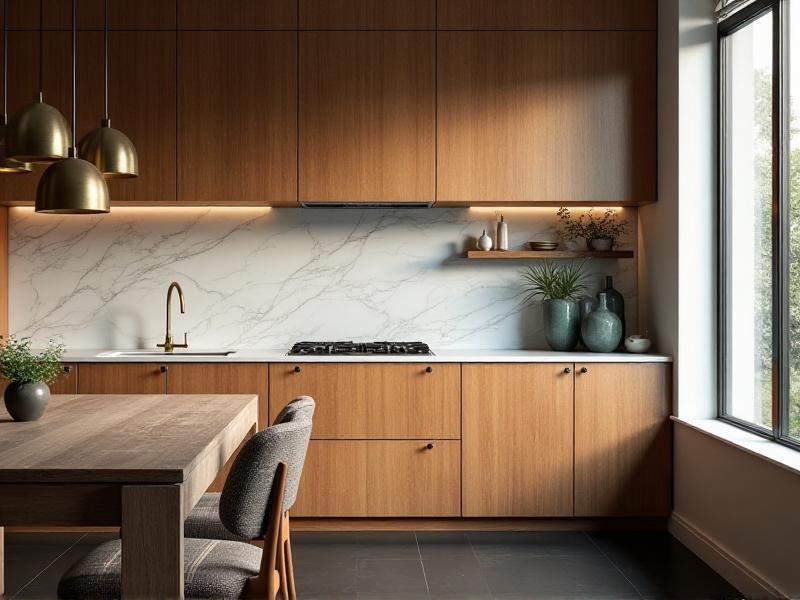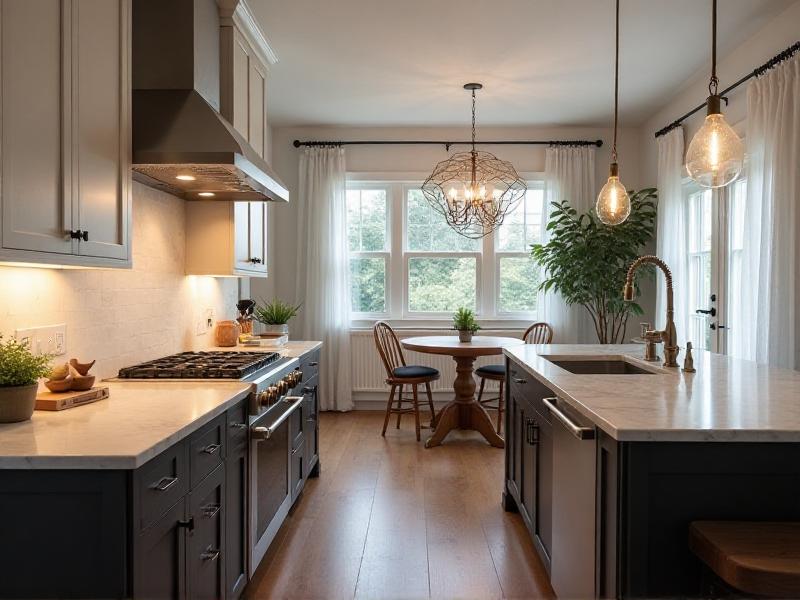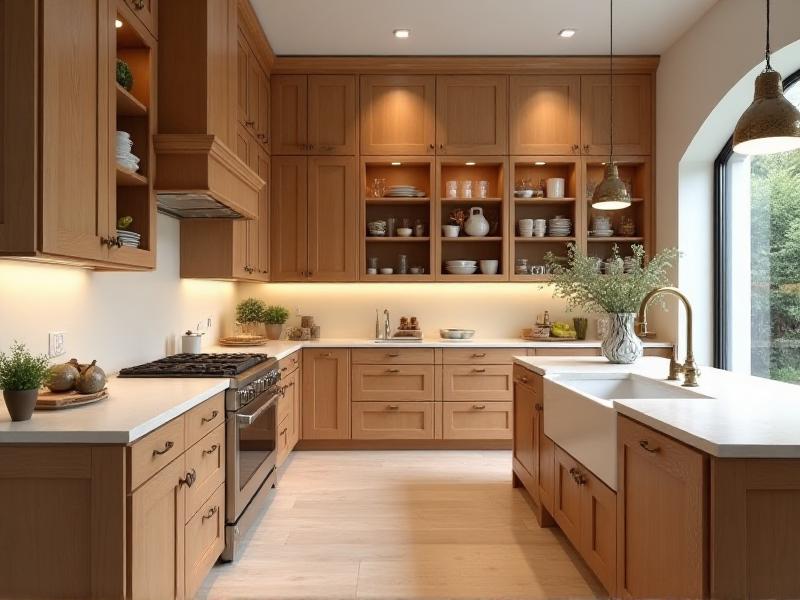The Ultimate Guide to Kitchen Sinks: Styles, Materials, and Installation
1. Introduction to Kitchen Sinks: More Than Just a Functional Fixture

Kitchen sinks are often overlooked as mere functional elements in a kitchen, but they play a pivotal role in both aesthetics and utility. From washing dishes to prepping meals, the sink is a workhorse that deserves careful consideration. Whether you're renovating your kitchen or building a new one, understanding the different styles, materials, and installation options can help you make an informed decision. This guide will walk you through everything you need to know to choose the perfect kitchen sink for your home.
2. Popular Kitchen Sink Styles: Finding the Right Fit for Your Kitchen

When it comes to kitchen sink styles, there’s no one-size-fits-all solution. The style you choose should complement your kitchen’s design and meet your daily needs. Top-mount sinks, also known as drop-in sinks, are easy to install and work well with most countertops. Undermount sinks, on the other hand, offer a sleek, seamless look and are easier to clean. Farmhouse sinks, with their deep basins and exposed front, add a rustic charm to traditional kitchens. For modern spaces, apron-front sinks or integrated sinks can create a minimalist, cohesive look. Consider your kitchen’s layout and your personal preferences when selecting a style.
3. Materials Matter: Choosing the Best Sink Material for Durability and Style

The material of your kitchen sink not only affects its durability but also its appearance and maintenance requirements. Stainless steel sinks are a popular choice due to their affordability, resistance to stains, and ease of cleaning. For a more luxurious look, consider fireclay or cast iron sinks, which are durable and come in a variety of colors. Composite granite sinks offer a blend of durability and aesthetic appeal, while copper sinks add a unique, warm tone to your kitchen. Each material has its pros and cons, so weigh factors like budget, maintenance, and design when making your choice.
4. Single Bowl vs. Double Bowl Sinks: Which One Suits Your Needs?
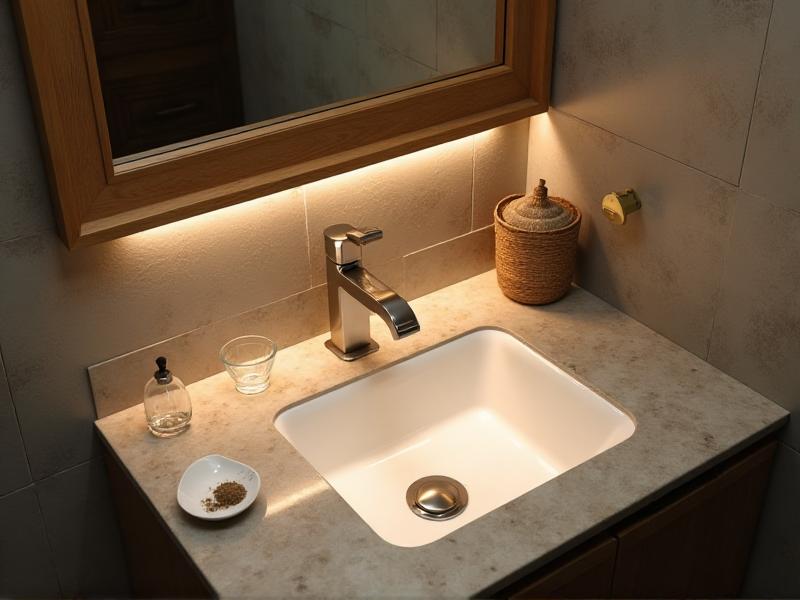
One of the most common dilemmas when choosing a kitchen sink is deciding between a single bowl and a double bowl design. Single bowl sinks are ideal for larger kitchens or those who frequently wash large pots and pans. They provide ample space for multitasking and are easier to clean. Double bowl sinks, on the other hand, offer versatility by allowing you to separate tasks, such as washing dishes on one side and rinsing vegetables on the other. Consider your cooking habits, kitchen size, and workflow to determine which configuration works best for you.
5. Installation Options: Top-Mount, Undermount, and More
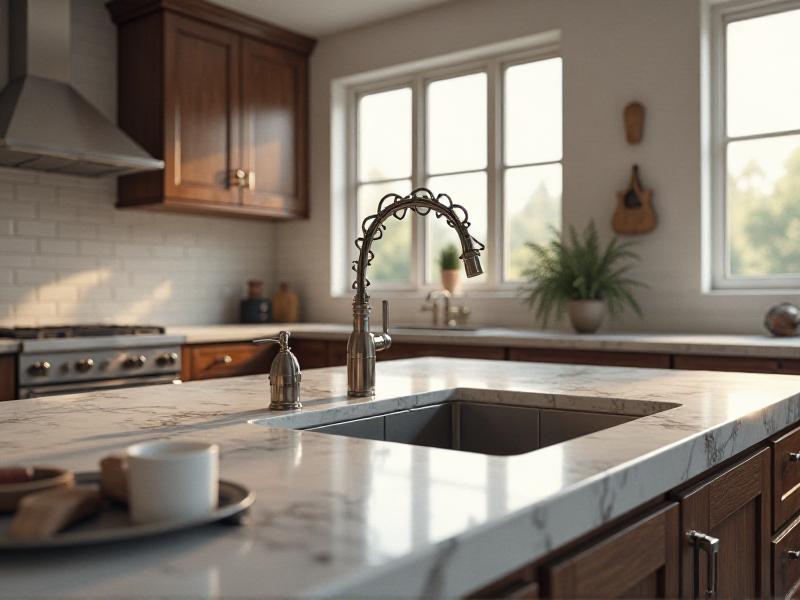
The installation method you choose can significantly impact the functionality and appearance of your kitchen sink. Top-mount sinks are installed by dropping them into a cutout in the countertop, making them a straightforward option for DIY enthusiasts. Undermount sinks are mounted beneath the countertop, creating a seamless look and making it easier to wipe debris directly into the sink. Farmhouse sinks require a custom cabinet to accommodate their unique design, while integrated sinks are built directly into the countertop for a sleek, modern aesthetic. Each installation method has its own set of requirements, so consult with a professional if you’re unsure.
6. Accessories and Add-Ons: Enhancing Your Sink’s Functionality

Accessories can take your kitchen sink from basic to highly functional. Consider adding a cutting board that fits over the sink to maximize counter space, or a colander for easy rinsing of fruits and vegetables. Soap dispensers and sprayers can improve convenience, while sink grids protect the basin from scratches and dents. For those who love organization, a drying rack or utensil holder can keep your sink area tidy. These add-ons not only enhance usability but also allow you to customize your sink to suit your specific needs.
7. Maintenance Tips: Keeping Your Kitchen Sink in Top Shape

Proper maintenance is key to ensuring your kitchen sink remains functional and attractive for years to come. For stainless steel sinks, avoid abrasive cleaners that can scratch the surface, and use a mild detergent instead. Fireclay and cast iron sinks require regular cleaning with non-abrasive products to maintain their finish. Composite granite sinks should be cleaned with a pH-neutral cleaner to prevent discoloration. Regardless of the material, avoid leaving standing water or harsh chemicals in the sink for extended periods. Regular maintenance will not only preserve the sink’s appearance but also extend its lifespan.
8. Budget Considerations: Balancing Cost and Quality

Kitchen sinks come in a wide range of prices, from budget-friendly options to high-end models. While it’s tempting to go for the cheapest option, investing in a quality sink can save you money in the long run by reducing the need for repairs or replacements. Stainless steel sinks are generally more affordable, while materials like fireclay and copper tend to be pricier. Consider your budget alongside factors like durability, maintenance, and aesthetics to find a sink that offers the best value for your money.
9. Eco-Friendly Options: Sustainable Choices for Your Kitchen

If sustainability is a priority, there are several eco-friendly kitchen sink options to consider. Recycled stainless steel sinks are a great choice for reducing environmental impact. Copper sinks, while more expensive, are naturally antimicrobial and recyclable. Composite sinks made from recycled materials offer durability and eco-friendliness. Additionally, look for sinks with water-saving features, such as low-flow faucets, to further reduce your environmental footprint. By choosing an eco-friendly sink, you can contribute to a greener planet while enjoying a functional and stylish kitchen.
10. Frequently Asked Questions About Kitchen Sinks
Q: What is the most durable material for a kitchen sink?
A: Stainless steel and fireclay are among the most durable materials, offering resistance to stains, scratches, and heat.
Q: Can I install a kitchen sink myself?
A: While top-mount sinks are relatively easy to install, undermount and farmhouse sinks often require professional installation due to their complexity.
Q: How do I choose the right size sink for my kitchen?
A: Measure your cabinet space and consider your daily needs. A larger sink is ideal for heavy cooking, while a smaller sink may suffice for light use.
Q: Are copper sinks difficult to maintain?
A: Copper sinks require regular cleaning to prevent tarnishing, but they develop a unique patina over time that many homeowners find appealing.

